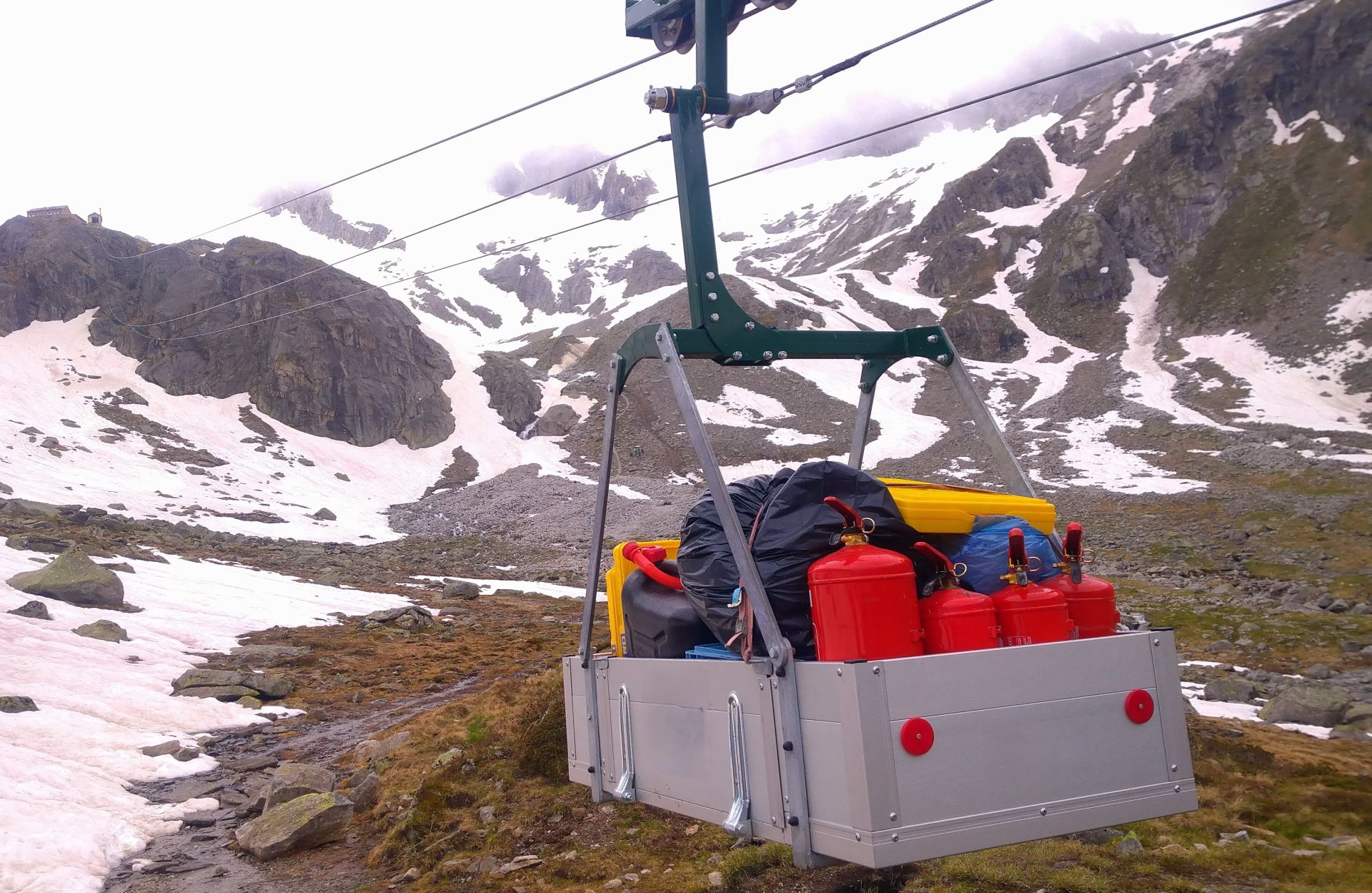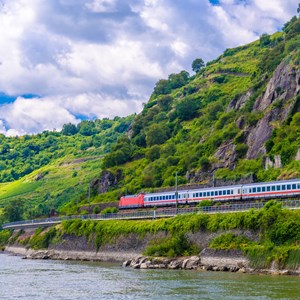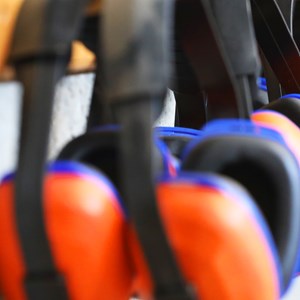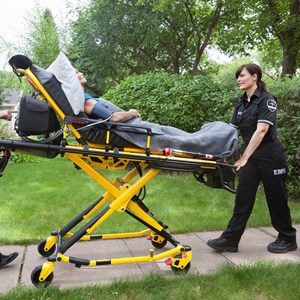From high alpine peaks to rugged construction sites, cableways are a crucial solution where roads cannot go. But not all cableways are built to carry tourists or skiers. Some are designed to transport goods – or specific individuals – across remote and challenging terrain. For these unique systems, the newly published EN 17639:2025 provides much-needed guidance to ensure safety, performance, and compliance.
The new European Standard, developed by CEN/TC 242 ‘Safety requirements for cableway installations designed to transport persons’, establishes general safety requirements for cableway installations that transport materials and occasionally specially designated persons, such as trained staff or operators. Unlike public transport cableways, these installations fall under the scope of the Machinery Directive (2006/42/EC) rather than the Cableway Installations Regulation (EU 2016/424).
EN 17639:2025 targets cableways used primarily for supplying remote facilities, such as mountain huts and shelters. These systems operate:
- at low speeds (up to 4 metres per second),
- with limited daily use (around six trips per day), and
- for a restricted group of users, including operators, their close family members, and people involved in essential operations.
They are not intended for the general public and are therefore exempt from the broader regulatory requirements that apply to cable cars and chairlifts. However, they are still machines – and so must be safe.
Addressing Hazards from Every Angle
At its core, EN 17639:2025 is about preventing risks and ensuring safe operation in harsh and unpredictable environments. The standard identifies and addresses a wide range of potential hazards, including:
- Mechanical risks, such as crushing, derailments, or structural failure;
- Electrical risks, like power loss or shock;
- Environmental factors, including snow, wind, and lightning;
- Operational safety, including emergency stop systems and communication;
- Human factors, like ergonomics and access for maintenance staff.
It draws on key safety principles from EN ISO 12100, a foundational standard on risk assessment and risk reduction. In cases where technical solutions are not enough, the standard also calls for organizational measures, such as training or restricted access protocols.
Built for Harsh Environments
Mountain environments are unpredictable. That is why the standard allows for some flexibility, as long as the risk level remains equivalent or better. For example, in icy conditions, the design might require additional calculations for ice load on cables. It also accounts for natural risks such as rockfall or avalanche.
Clarity on Legal Framework
By clearly distinguishing these installations from public passenger systems, EN 17639:2025 simplifies compliance for manufacturers, operators, and regulators. A dedicated annex (Annex ZA) maps its provisions to the essential requirements of the Machinery Directive, helping stakeholders ensure conformity without confusion.
The standard also offers practical tools like templates for user agreements, detailed guidance for rescue procedures, and instructions for performing the final conformity check before the system enters into operation.
Supporting Europe’s Mountain Regions
In many mountainous areas, such cableways are not just helpful, they are essential. They enable year-round access for supply deliveries, inspections, and critical maintenance work. With EN 17639:2025, CEN provides a solid safety framework for these systems, helping to protect people, cargo, and infrastructure even in the most demanding environments.




